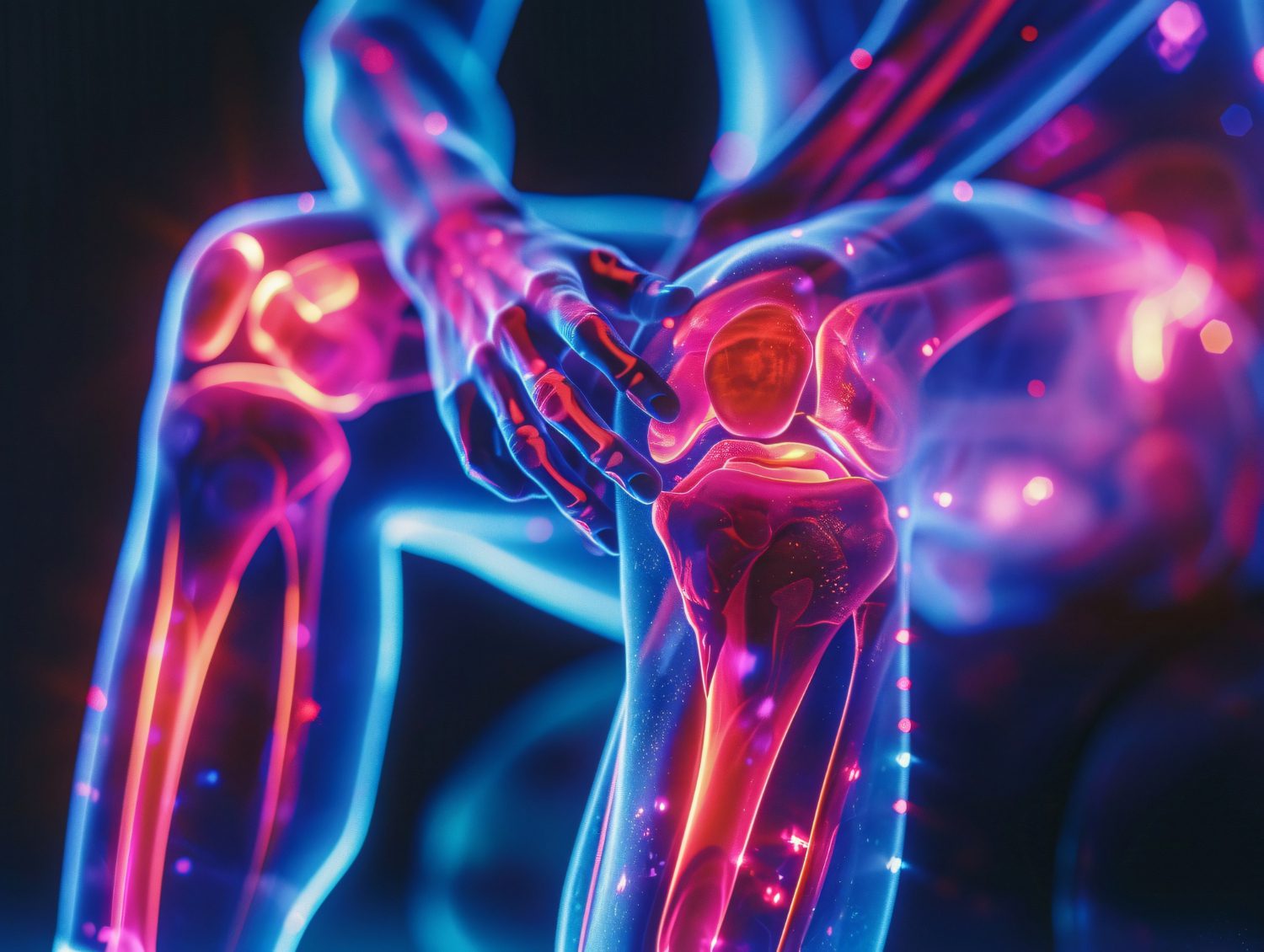Such ailment, a less-discussed yet significant musculoskeletal affliction, involves damage or degeneration of cartilage tissue. Often linked to repetitive strain, biomechanical imbalances, or chronic pressure, it can afflict any cartilage-containing structure, but most prominently targets the knee joint and patellar region. Chondropathy definition is described as a spectrum of cartilage disorders, chondropathy impacts mobility, triggers discomfort, and alters structural stability.
Types and Causes of Chondropathy
The most prevalent manifestation is patellar chondropathy, a cartilage affliction in the kneecap area resulting from high-impact activities or skeletal misalignments. Chondropathy of the knee, a broader category, also encompasses wear from prolonged weight-bearing or overuse in athletic endeavors. Specific triggers include next-described.
- Mechanical Overload: Activities such as running or jumping apply excessive force to cartilage.
- Postural Misalignment: Deviated skeletal structures accelerate cartilage deterioration.
- Traumatic Incidents: Ligament tears or direct knee trauma disrupt normal cartilage function.
- Age-Driven Degeneration: Natural cartilage thinning exacerbates with aging.
- Inflammatory Reactions: Chronic inflammation erodes protective cartilage layers.
Common Symptoms of Patella Chondropathy
Chondropathy knee pain symptoms typically begin with mild stiffness, but untreated conditions may result in severe discomfort and compromised joint movement. Watch for next-described.
- Persistent ache, worsened by climbing stairs or kneeling.
- Joint swelling and tenderness around the patella.
- Grating or crunching sensations during knee flexion.
- Reduced functional capacity in daily activities.
Recognizing symptoms early can facilitate prompt chondropathy treatment, reducing long-term complications.
Proven Strategies for Managing Chondropathy
Addressing chondropathy requires multi-faceted approaches combining non-invasive techniques, physical therapies, and occasionally surgical options. Effective interventions include next-described.
- Lifestyle Modifications: Weight optimization to reduce joint pressure.
- Targeted Exercises: Controlled chondropathy knee exercises, such as quadriceps strengthening and low-impact cycling.
- Assistive Tools: Knee braces or orthotics aid in joint stabilization.
- Pharmacological Support: Anti-inflammatory medications mitigate swelling and ease pain.
- Surgical Procedures: Reserved for advanced cases, techniques like microfracture or cartilage grafting may restore mobility.
Additionally, patients with patellofemoral chondropathy benefit significantly from tailored physiotherapy protocols that realign the kneecap and improve patellar tracking. Any actions regarding the disease must be coordinated with the doctor. Fill out the form and we will help you choose the best solution for your problem.
Preventative Measures for Chondropathy
Incorporating joint-friendly habits significantly reduces risks associated with chondropathy patella and related disorders.
- Joint Alignment Focus: Strengthening surrounding muscles ensures balanced support for the patella.
- Activity Modifications: Alternate high-impact workouts with swimming or elliptical training.
- Nutritional Support: Diet rich in omega-3s and collagen-enhancing nutrients boosts cartilage resilience.
- Hydration and Mobility: Adequate water intake and stretching keep cartilage nourished and flexible.
What is the meaning of chondropathy?
Chondropathy refers to a condition involving degeneration or damage of cartilage tissue, often within joints. It hinders cartilage’s ability to cushion and support normal joint function.
What is the difference between chondropathy and osteoarthritis?
Chondropathy primarily affects cartilage tissue due to mechanical stress or trauma. Osteoarthritis, however, is a progressive disease involving both cartilage erosion and underlying bone changes.
How do you treat chondropathy?
Treatment involves exercises, anti-inflammatory medication, and braces for joint stability. Advanced cases may require surgical interventions like cartilage restoration techniques. Engaging with a healthcare expert is strongly recommended. They will assess chondropathy and craft a personalized approach to managing the condition.
Is chondropathy reversible?
While early-stage chondropathy can improve with proper care, advanced cases often result in permanent damage. Proactive measures can prevent worsening and improve functionality.


